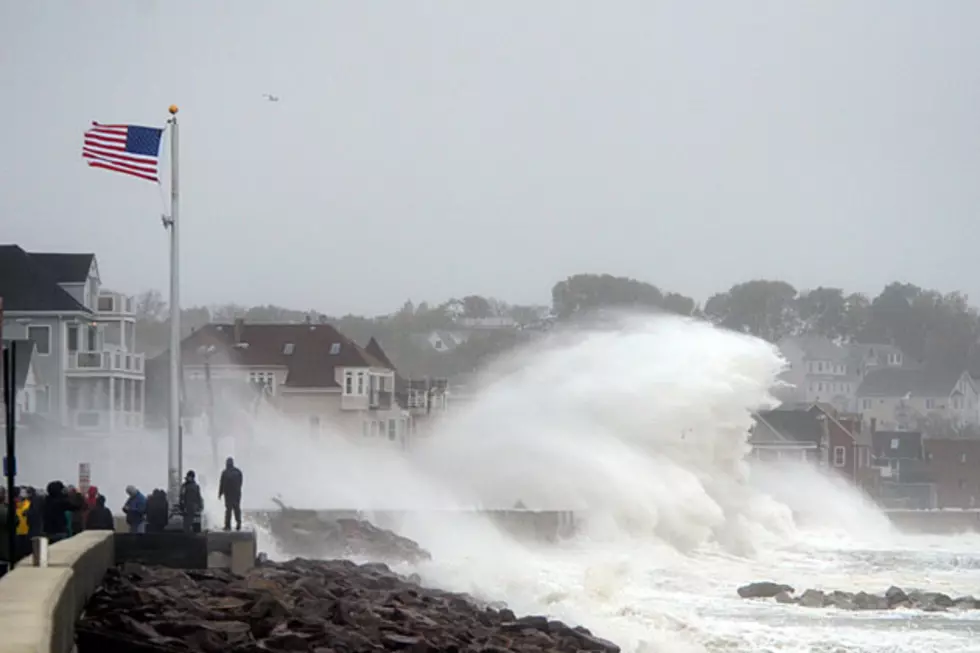
The SouthCoast’s Worst Hurricane Was Not the 1938 Storm
The 1938 hurricane was legendary. Few people alive today have a vivid memory of how that storm came ashore on September 21, 1938, catching almost everyone by surprise.
In 1938, there was no Weather Channel. ACCU Weather and the ABC6 StormTracker didn't exist yet, and there certainly was no Doppler radar or other sophisticated satellite weather forecasting technology to give folks a heads up about what was coming.
According to the National Weather Service (NWS), "The Great New England Hurricane of 1938" struck Long Island and Southern New England with maximum sustained winds of 121 miles per hour with a gust of 186 miles per hour recorded at the Blue Hills Observatory.
The storm produced a peak storm surge of 17 feet above normal high tide at Rhode Island and 50-foot peak wave heights at Gloucester, Massachusetts.
According to the NWS, there were 700 deaths from the '38 storm, with 63,000 people left homeless, 8,900 homes and buildings destroyed, and about two billion trees lost. Total damage in today's dollars is an estimated $41 billion.
That's nothing, though, compared to the "Great Colonial Hurricane of 1635."
Brian Jarvinen with the Hurricane Research Division of the Atlantic Oceanographic and Meteorological Laboratory of NOAA concluded that the 1635 hurricane "was probably the most intense hurricane in New England history."
Jarvinen suspects the storm might have been "at least a strong Category 3 hurricane at landfall with 125 mph sustained winds and a central pressure of 938 mbar at the Long Island landfall and 939 mbar at the mainland landfall."
Wikipedia says, if accurate, "this would be the most intense known hurricane landfall north of Cape Fear, North Carolina." The hurricane may have caused the highest storm surge along the east coast in recorded history at 20 feet at the head of Narragansett Bay.
Because there were few written records of the 1635 storm, it is difficult to properly assess the extent of damage, death, and injury.
The last hurricane to make landfall in Southern New England was Bob in August 1991.
Bob was one of the costliest hurricanes in New England history and made landfall in Rhode Island twice on Block Island and Newport as a Category 2 storm. At least 15 people perished as a result of the storm.
I was vacationing on Martha's Vineyard when Bob arrived, resulting in tremendous damage on the island.
Most New England hurricanes are in August and September, but hurricane season is from June 1 to November 30. Being prepared for a hurricane is always a good idea.
LOOK: The most expensive weather and climate disasters in recent decades
LOOK: The most extreme temperatures in the history of every state
KEEP READING: What to do after a tornado strikes
More From WBSM-AM/AM 1420


![Prophetic Ghost Warns of Coming Hurricanes [PHIL-OSOPHY]](http://townsquare.media/site/518/files/2018/09/Ghost-Woods.png?w=980&q=75)






